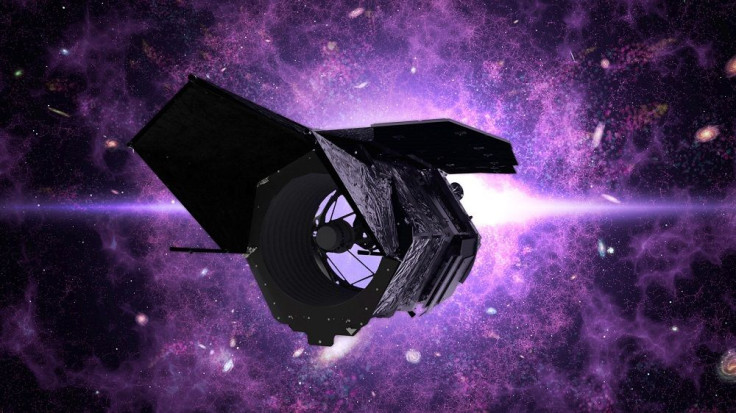NASA Names Next-Generation Telescope After ‘Mother Of Hubble’ Nancy Roman
KEY POINTS
- NASA named its next-generation telescope after Nancy Roman
- Roman was instrumental in bringing the Hubble Space Telescope to reality
- The Roman Space Telescope is set to launch in the mid-2020s
NASA announced Wednesday it was naming its next-generation space telescope, the Wide Field Infrared Survey Telescope (WFIRST), in honor of the "Mother of Hubble" Nancy Grace Roman, the agency's first chief astronomer.
The telescope is named Nancy Grace Roman Space Telescope or, for short, Roman Space Telescope. Just like the Hubble Space Telescope, this will explore the broader universe.
Roman, considered the mother of the Hubble Space Telescope, came to NASA just six months after the agency was established, and she served as its first chief of astronomy and relativity in the Office of Space Science. At a time when it was difficult for women to advance in scientific research and were even discouraged from studying science and math, Roman persisted in pursuing newer ways to observe the universe.
In the mid-1960's, Roman set up a committee of astronomers and engineers to develop a powerful telescope, and convinced both NASA and the Congress that launching it in the world was a priority.
Thus, apart from her many other achievements at NASA, she was instrumental in turning the Hubble telescope from vision to reality.
Sure enough, Hubble became the first major optical telescope to be placed in space, marking the most significant advancement in astronomy since Galileo's telescope.
"It is because of Nancy Grace Roman's leadership and vision that NASA became a pioneer in astrophysics and launched Hubble, the world's most powerful and productive space telescope," NASA Administrator Jim Bridenstine said in a press release. "I can think of no better name for WFIRST, which will be the successor to NASA's Hubble and Webb Telescopes."
In a family statement, Roman's cousins, Laura Bates Verreau and Barbara Bates Brinker, thanked NASA and expressed their delight that she would receive the recognition she deserves.
"For many years, Nancy Grace worked in relative obscurity, known only to a few scientists, but this never deterred her. She firmly believed that space observation would offer years of good science, and this has proven to be the case," the family's statement said. "Although the professional recognition of having a telescope named after her would certainly be gratifying to Nancy Grace, we think the possibility of inspiring other girls to reach for their own stars would give her the greatest satisfaction."
Set to launch in the mid-2020s, the Roman Space Telescope will be a NASA observatory that is designed to study broad areas of research such as dark energy, infrared astrophysics and exoplanets. It is often compared to Hubble, which turned 30 years old in April, but the Roman Space Telescope will actually study the cosmos in a unique way that will complement the data from Hubble.
It is, so far, still in development, but, in February, the project received the green light to begin hardware development and testing.

© Copyright IBTimes 2024. All rights reserved.






















